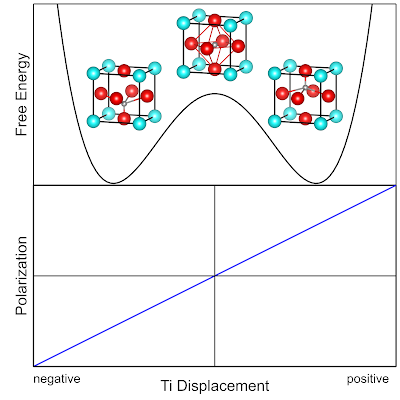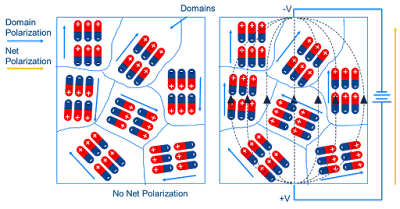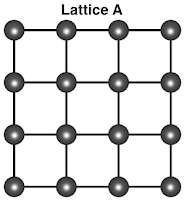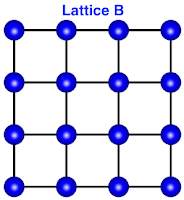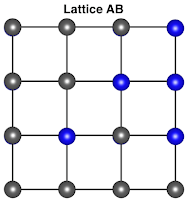I have recently read a few articles about how the Ph.D. process is inadequate in non-academic workforce preparation and how it needs to be revamped. I agree that its time to revamp workforce training, but not necessarily the Ph.D. degree itself. The following post is just my thoughts and opinions, and takes a US and STEM centric focus. I’m just thinking out loud here — not trying to persuade anyone — so feel free to disagree since I’m interested to hear what others think.
In my opinion it is unfortunate that the Ph.D. degree has been miss represented. The Ph.D. degree is not a degree, in principal, intended to be tailored towards workforce preparation in the same way as professional degrees like a M.D. , J.D., D.D.S, Pharm. D., etc. A Ph.D. is a basic or applied research degree, which means you are being educated on how to expand the knowledge in a given domain by formulating a hypothesis or problem statement and conducting the necessary tasks to provide an explanation or answer. This skill set can be extremely valuable to employers if that is what they are looking for, however, in my opinion many non-academic employers are really looking people who are STEM educated and have a high-level expertise in specific technical skills, which is usually a byproduct of the Ph.D. process. However, I don’t believe a Ph.D. is necessarily the best or only option for this.
I believe a new terminal degree, say we call it Masters (or Doctor) of Technical Skill in ABC, can be established with direct input from non-academic entities. This would be a none-research professional degree. Something like this probably already exist within a Masters of Engineering or a non-thesis M.S option, but these programs are typically structured around lectures and seminars with minimal practical hands-on training. There is also the obvious issue that most of these kind of programs don’t have modern infrastructures and facilities as well as exist with limited funding levels.
The goal of such programs should be focused on workforce preparation towards becoming an expert in the knowledge, application, modification, and operation of sophisticated software or hardware. From my perspective and background, I could easily see programs such as Masters of Technical Skill in Materials Characterization, whereby students would become extremely skilled in understanding the principals/applications and advance hands-on operation/modification of selected instrumentation, for example SEM, TEM, XPS, Auger, FTIR, Raman, etc. You might argue that this is just a technician degree, but I would argue that these types of systems (or software) require a significant amount of scientific and engineering education prior to becoming a verifiable expert. We can parallel this with how M.D. students after graduation are expected (its more accurate to say required if the person is going practice medicine) to take on a postgraduate residency training program even though they are already highly educated in medicine and life sciences.
Just in materials science and engineering I can imagine several different tracks and sub-focuses. For example, another program could be a Masters of Technical Skill in Ceramic Synthesis. Students would become highly knowledgeable in powder preparation, green body forming (i.e. relevant wet chemistry), hot isostatic pressing, spark plasma sintering operation, etc. The list can go on and its all about tailoring the program focus towards an industry sectors needs, although to be honest, industry in some cases should be much more specific and realistic about what they are looking for in such students.
The level of training and time will depend on the complicated nature of the skills, systems, or software. I would imagine that the mean time to completion would be around 2-3 years, with some programs probably suitable to be completed in < 2 years. An example of a potentially more challenging program would be Master of Technical Skill in Quantum Computation, here students would have to master both the theory and mathematics of quantum computation/information and learn about operating and interfacing with complicate hardware.
The two quotes for this post are:
"Education is what remains after one has forgotten what one has learned in school."
– Albert Einstein
"The more that you read, the more things you will know, the more that you learn, the more places you’ll go.”
– Dr. Seuss
The two quotes for this post are:
"Education is what remains after one has forgotten what one has learned in school."
– Albert Einstein
"The more that you read, the more things you will know, the more that you learn, the more places you’ll go.”
– Dr. Seuss
Reuse and Attribution

